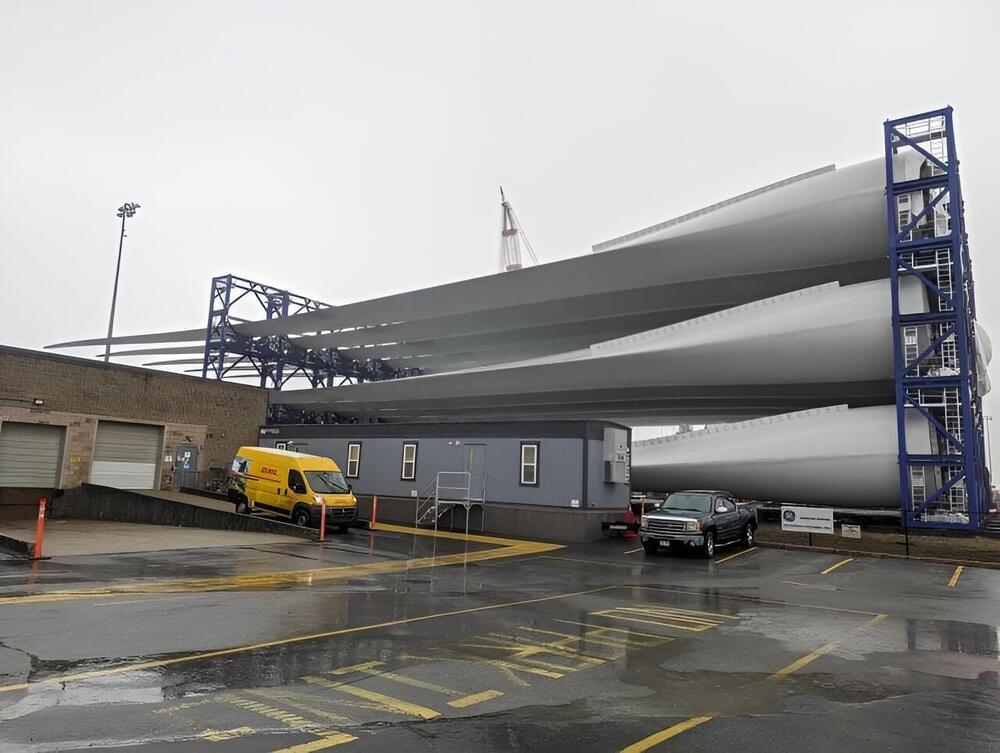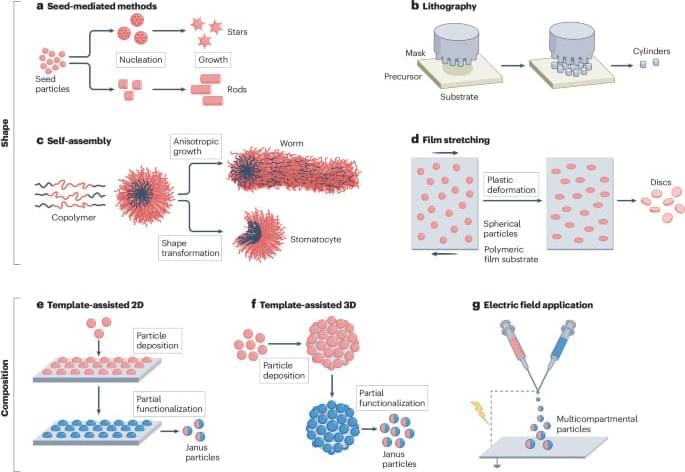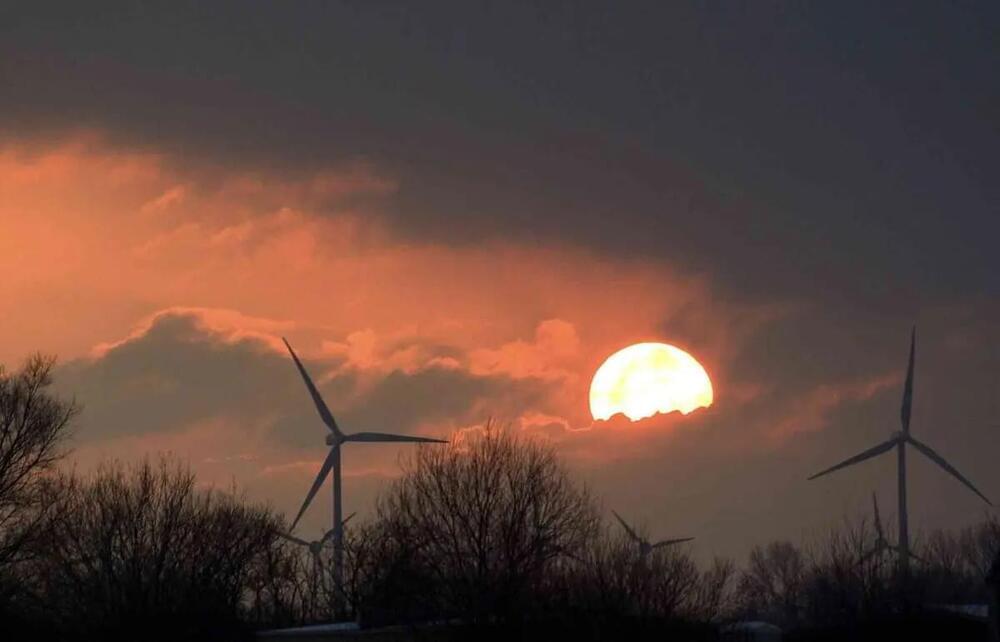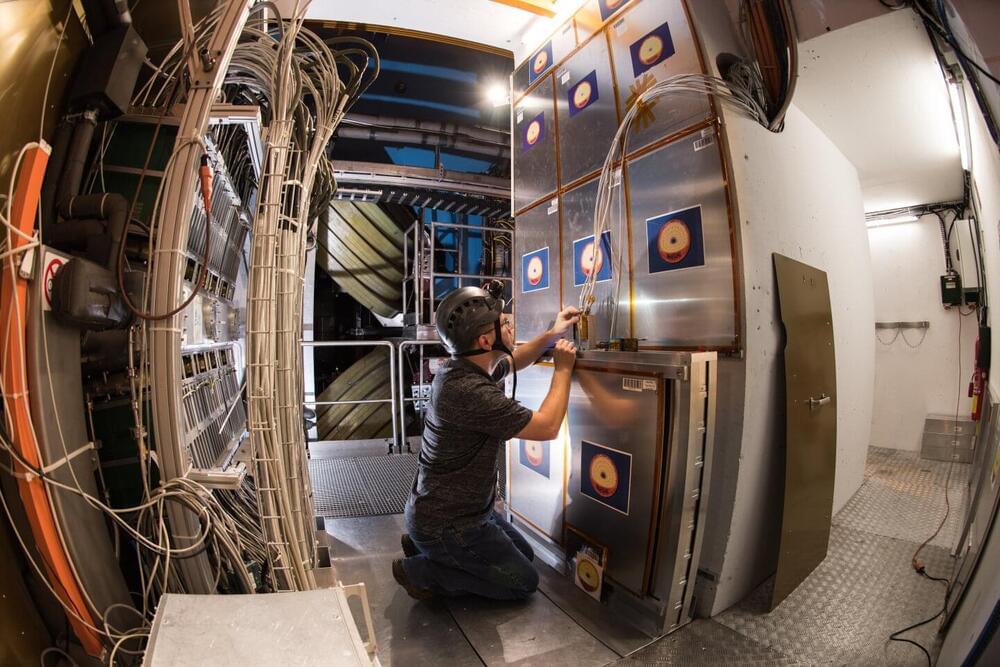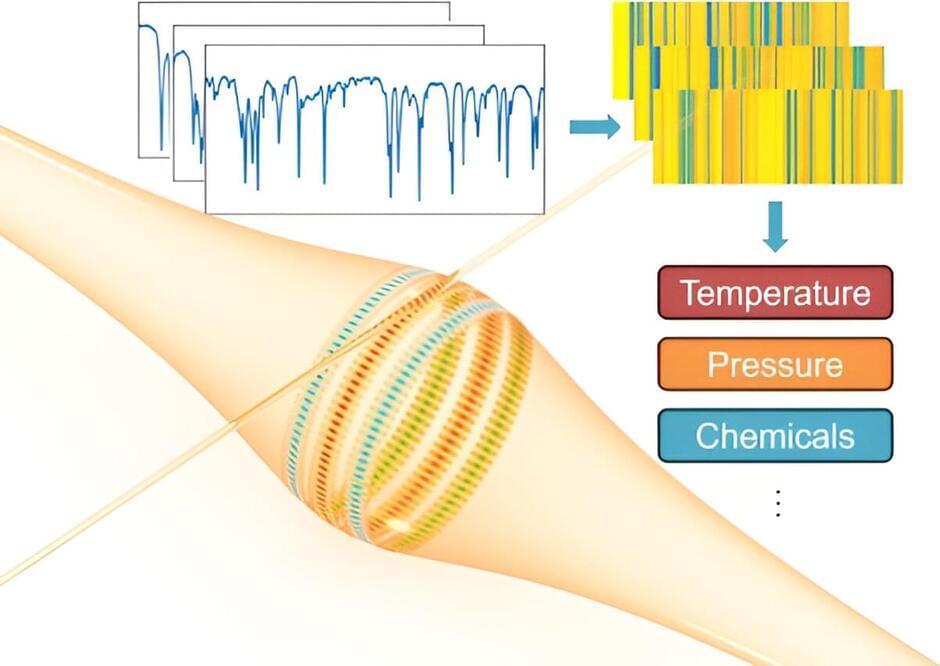Apr 29, 2024
RIZON class 4 and 5 electric MD trucks arrive in Canada
Posted by Shailesh Prasad in categories: energy, transportation
Daimler’s new, all-electric truck brand made its Canadian debut this week with the official market launch of its battery electric class 4 and 5 medium duty work trucks.
After making its North American debut at the 2023 ACT Expo in Anaheim, California, Daimler Truck’s RIZON brand has continued on a steady march towards production with initial preorders set to open this June. But it won’t just be Americans who can order a new RIZON electric box truck – Canadians will be able to add them to their fleets at the same time.
“Canada is very advanced regarding green energy and infrastructure and is a natural next step for RIZON’s second market,” explains Andreas Deuschle, the Global Head of RIZON. “We are very happy to bring our zero-emission solution to Canadian customers. They are proven OEM trucks with the latest technology from Daimler Truck.”

